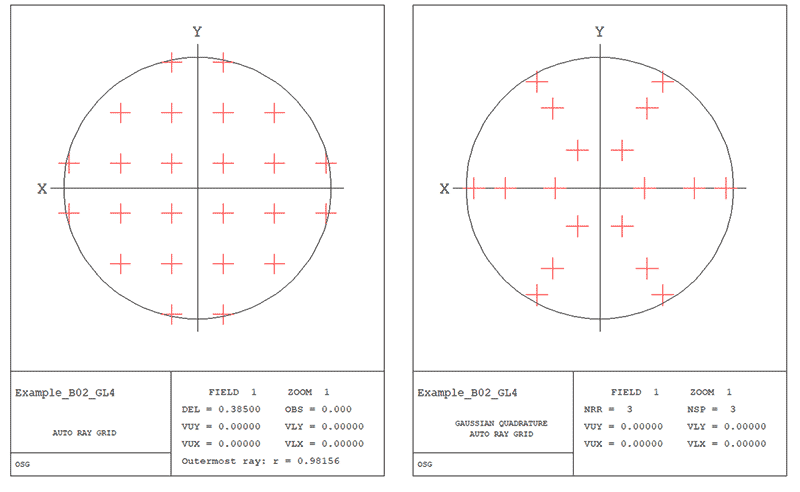Explore challenges and solutions in AI chip development
CODE V celebrates its 46th anniversary this weekend on August 1, 2021. Here are our top ten tips in CODE V to help you design brilliant and better optical designs.
Tip No. 1:
Get clarity on requirements as early as possible in the design process.
Having a clear goal for the work, the requirements for the design, and the required timeline ensures that you can plan adequately with other engineering and systems designers responsible for various aspects of the project. Also, a willingness to have some flexibility can help you succeed, as well! Unforeseen challenges for mechanical and packaging constraints, changing performance needs, or changing cost targets may necessitate a need for a new approach. Having flexibility will be one of the tools that enables you to be a successful designer! Once you have the clear requirements, using the SpecBuilder in CODE V optical design software is a great way to track them:

The patent lens database can be sorted by application (for example, microscope objectives, cameras, or telescope objectives), spectral range or conjugate setup. Additional tools for sorting the starting points deal with the performance targets for the system data (such as f/number, zoom ratio, magnification, number of elements, or number of moving groups).
Tip No. 2:
Select a valid starting point based on system needs.
CODE V offers a large library of sample and patent lenses for this need (over 2,400 available starting point designs, drawn from expired patents):

Tip No. 3:
For best optimization success (in general), choose object side pupil definitions and allow an adequate number of degrees of freedom to meet the constraints you have for your optical system.
Tip No. 4:
Make good use of CODE V’s excellent implementation of Lagrange (exact) constraints.
The Lagrange constraints serve to build a fence to keep the optimizer away from areas in solution space, where the design forms won’t satisfy these very important exact constraints. CODE V has an excellent methodology for handling these constraints during optimization that will serve you well in your optical design work.
Tip No. 5:
Use ray grid spacing, or the DEL command, to adjust optimization ray grid settings for system specific design needs.
A useful tool for looking at the ray grid spacing is a CODE V supplied macro autogrid.seq, or autogridgq.seq, for rectilinear or Gaussian quadrature ray grid inputs for Automatic Design.

Auto ray grid and Auto ray grid Gaussian Quadrature
Tip No. 6:
Another best practice is to add some constraints early in the design process to desensitize your system design against fabrication and assembly errors (tolerance desensitization).
This allows CODE V to find forms that are least impacted by these types of manufacturing errors. The most popular methods include using the sensitivity as-built (SAB) error function or the SN2 general sensitivity constraint. The SAB error function is a separate contribution to the overall error function, representing system sensitivity to as-built performance. The SN2 constraints can be applied on each of the optical surfaces in your design to reduce the individual surface sensitivities.
Tip No. 7:
When using the sensitivity as-built error function (SAB), reuse the ray grid along with wavefront optimization to speed the optimization run.

Tip No. 8:
For highly aspheric surfaces, work to make sure your field coverage is sufficient to allow fully filling the optimizable portion of the aspheres.
This ensures that the optimized surface performs well across all portions of the field of view and does not surprise you with poor performance in the “in between” spaces in the FOV.
Tip No. 9:
Try to incorporate constraints for the packaging early in the design process.
Using imported CAD for visualization can be a great assistance for this task in your work:

Tip No. 10:
Last but absolutely not least, communicate with your vendor – early and often in the design process!












